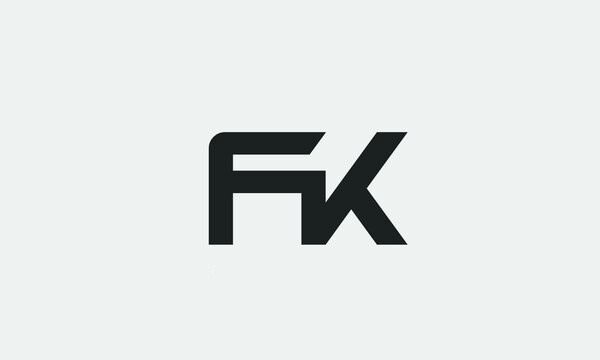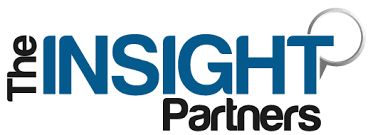Environmental consultants use a variety of tools and equipment to assess environmental conditions, collect data, and provide solutions to clients. The specific tools they use can vary depending on the nature of the project and the environmental parameters they need to measure. Here are some common tools and equipment that environmental consultants may use:
-
Environmental Monitoring Equipment:
- Data Loggers: These devices record environmental data such as temperature, humidity, air quality, and water quality over time.
- Weather Stations: Weather stations measure meteorological conditions, including temperature, humidity, wind speed and direction, and rainfall.
- Water Quality Meters: Used to assess the quality of water bodies, these meters measure parameters like pH, dissolved oxygen, turbidity, and nutrient levels.
- Air Quality Monitors: These instruments measure concentrations of pollutants in the air, including particulate matter, gases, and volatile organic compounds (VOCs).
-
Sampling and Testing Equipment:
- Soil Testing Kits: Used to collect soil samples and test for soil composition, contaminants, and nutrient levels.
- Water Sampling Equipment: Includes water samplers, bottles, and pumps for collecting water samples from various sources.
- Air Sampling Devices: Used to collect air samples for analysis of pollutants and airborne contaminants.
- Borehole Drilling Equipment: For collecting soil and groundwater samples from deep underground.
- Sediment Sampling Equipment: Used to collect sediment samples from rivers, lakes, and other water bodies.
-
Geospatial Tools:
- Geographic Information Systems (GIS): GIS software is used for mapping and analyzing environmental data, such as land use, land cover, and spatial relationships.
- Global Positioning System (GPS): GPS devices and receivers are used to accurately determine location coordinates in the field.
-
Laboratory Equipment:
- Microscopes: Used for analyzing soil, water, and biological samples at the microscopic level.
- Spectrophotometers: Used for chemical analysis of water samples to determine concentrations of various compounds.
- Gas Chromatographs and Mass Spectrometers: Analytical instruments used to detect and quantify trace amounts of chemicals in environmental samples.
-
Remote Sensing Tools:
- Satellite and Aerial Imagery: Remote sensing data from satellites and aircraft are used to monitor changes in land cover, vegetation, and environmental conditions.
- Drones (Unmanned Aerial Vehicles): Drones equipped with cameras and sensors can capture high-resolution aerial imagery for environmental assessments.
-
Noise and Vibration Monitoring Equipment:
- Sound level meters and vibration monitors are used to assess noise and vibration levels in the environment, especially in urban and industrial settings.
-
Safety Gear:
- Personal protective equipment (PPE) such as gloves, safety goggles, respirators, and protective clothing to ensure the safety of consultants when working in potentially hazardous environments.
-
Field Survey Tools:
- Surveying equipment, including theodolites, total stations, and laser rangefinders, is used for topographic surveys and land use assessments.
-
Computer Software:
- Environmental consultants use a range of software tools for data analysis, modeling, and reporting. This includes GIS software, data analysis packages, and modeling software.
-
Communication and Reporting Tools:
- Laptops, tablets, and mobile devices for data collection, communication with clients, and generating reports.
Environmental consultants select the appropriate tools and equipment based on the specific objectives of their projects, the environmental parameters they need to measure, and the regulatory requirements they must meet. They often work with interdisciplinary teams to ensure accurate data collection and analysis for informed decision-making and problem-solving.








